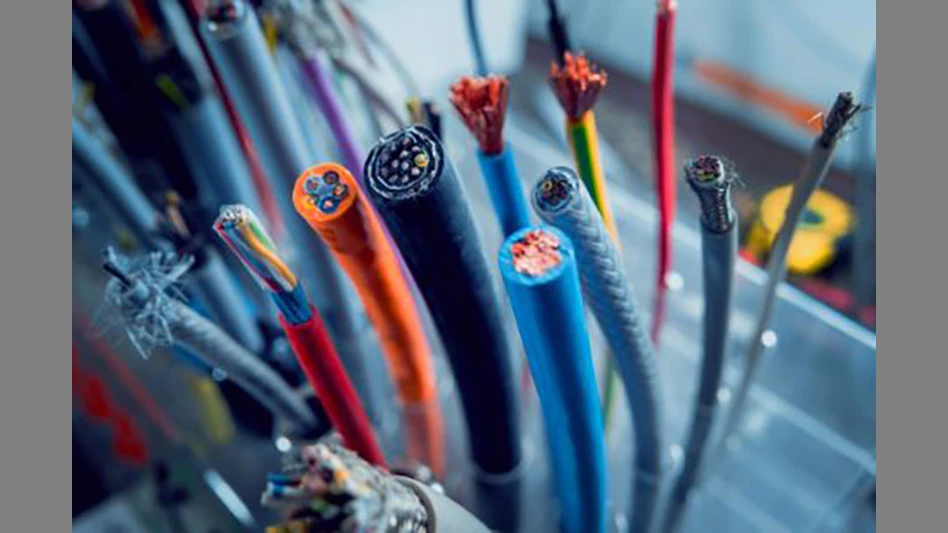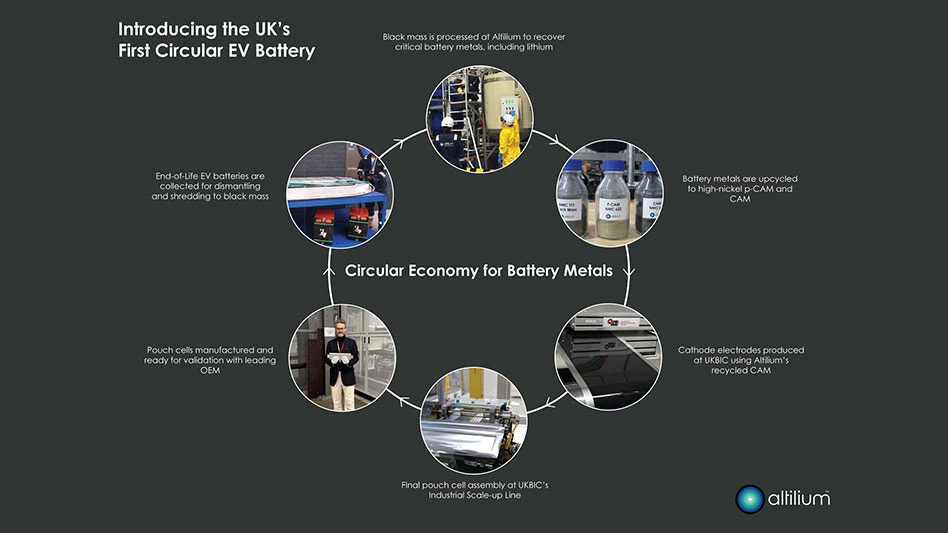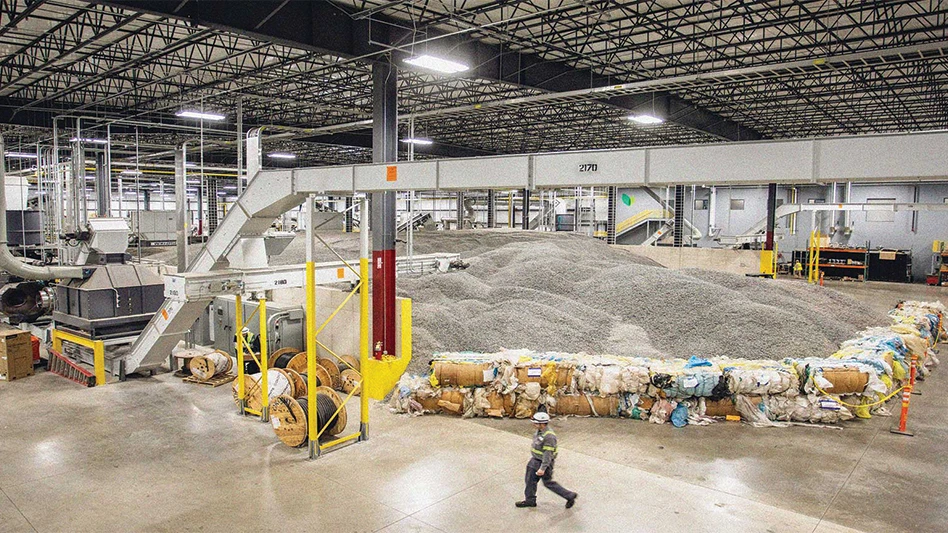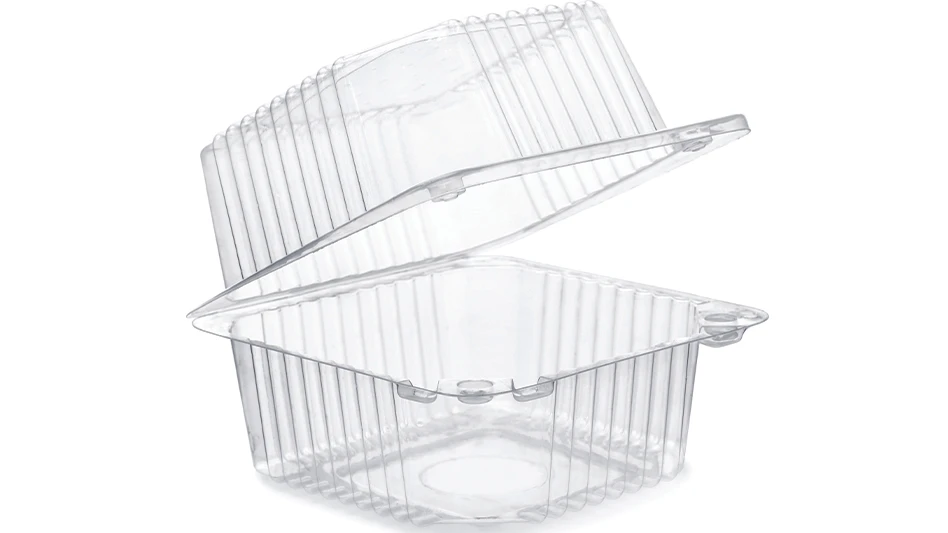
With a focus on increasing its sustainability efforts, Polymer Resources has added new flame-retardant resins to its portfolio of high-quality engineering resins containing recycled content.
The Farmington, Connecticut-based company long has offered what it calls “utility grades” of resins containing postindustrial and postconsumer recycled material. However, increasingly, manufacturers want engineering resins with recycled content.
“The real change that happened over the last several years was a shift to wanting sustainable materials that still have to meet stringent specifications, have different agency certifications, meet properties required for applications but also utilize 50 percent or greater either postindustrial or postconsumer feedstock,” says Scott Anderson, Polymer Resources president and chief operating officer.
In addition to the new flame-retardant resins, as of the beginning of this year, the company offers four general-purpose, high-quality resin grades that contain at least 50 percent recycled content.
Target markets
Polymer Resources is pursuing UL 94 V-0 certification for its new flame-retardant materials. Some manufacturers and applications require the independent UL certification of flame retardancy, company officials say. Polymer Resources expects to obtain the certification in the third quarter of this year.
The company is a major supplier of engineering resins to the electrical industry, which is leading the demand for flame-retardant resins with recycled content, says William Galla, vice president of sales.
Demand is particularly strong for items such as receptacle switches and junction boxes used in commercial and residential buildings. Manufacturers of residential and commercial lighting equipment also are looking for recycled material in resins with fire-retardant properties.
Another area of demand is from manufacturers of agricultural equipment and lawnmowers.
“I think a lot of it comes from governments and regulatory bodies that are pushing for landfill avoidance and sustainable solutions to really lengthen the lifetime of the plastic that’s being produced and used,” Galla says. “It really began in Europe first, and we saw tremendous strides being made there. As we saw Europe have some success with it, the American market then started to say, ‘This is something we need to do, we want to do, and we’re willing to pay for it.’”

It comes at a cost
The use of high-quality resins with at least 50 percent recycled content can sometimes result in higher costs.
“On average, it’s going to be somewhat of a premium,” Galla says. “A lot of it is ... application-dependent. Especially as you get into things that need custom colors and other aesthetics, with those feedstocks, you really have to take great care in sourcing them. There are more processes on the front end. It can be grinding, shredding [and] separation techniques. Those types of things all come into play, and that obviously adds cost versus just taking material and running it through a compounding line and pelletizing it. I would say there is a premium, but we do our best to control that.”
The company settled on a minimum of 50 percent recycled content in its sustainable resins for several reasons, including the need to produce plastics with properties similar to virgin materials. In addition, it would not be sustainable to produce plastics from 100 percent-recycled material.
“It’s definitely to help balance the properties, but it’s also just from the market,” says Tim Farrell, director of technology. “There is not, generally speaking, a huge pull to have 100 percent-recycled for most resins. The consumer is only asking for or demanding a certain percentage.”

engineered with Polymer Resources’
flame-retardant resins.
The product lineup
Polymer Resources’ new grades of sustainable resins with flame-retardant properties are PC-FR(X)S, a polycarbonate (PC) resin, and PPX-FR(X)S, a polyphenylene ether resin. The X in the nomenclature indicates a digit from 1-9 that represents material flow rate. The lower numbers indicate lower flow, while higher numbers represent higher flow.
The products are available commercially and can be used for some applications while pending UL certification, according to the company. Polymer Resources expects to release additional information once the resins obtain UL certification.
The four general-purpose engineering resins with a minimum of 50 percent-recycled content are a low-flow PC resin (PC-GP1S), a medium-flow PC resin (PC-GP2S), a high-flow PC resin (PC-GP3S) and a PC/acrylonitrile-butadiene-styrene blend (PC/ABS-GP1S). All are opaque and available in natural, black or custom colors. The properties and processing parameters of these grades are similar to those of their virgin counterparts, making it possible in many cases to use them as drop-in replacements for existing fossil-based resins.
Polymer Resources has established long-term agreements with producers of postconsumer and postindustrial recycled plastics and inspects and tests all recycled content to optimize control over its feedstocks and ensure a reliable material supply.
The company also recycles its own plastic scrap for reuse in its compounding operations.
Its recently expanded facility in Rochester, New York, features a separate, sound-proofed, 3,250-square-foot space for grinding and shredding plastic scrap from customers, vendors and the company’s processes.
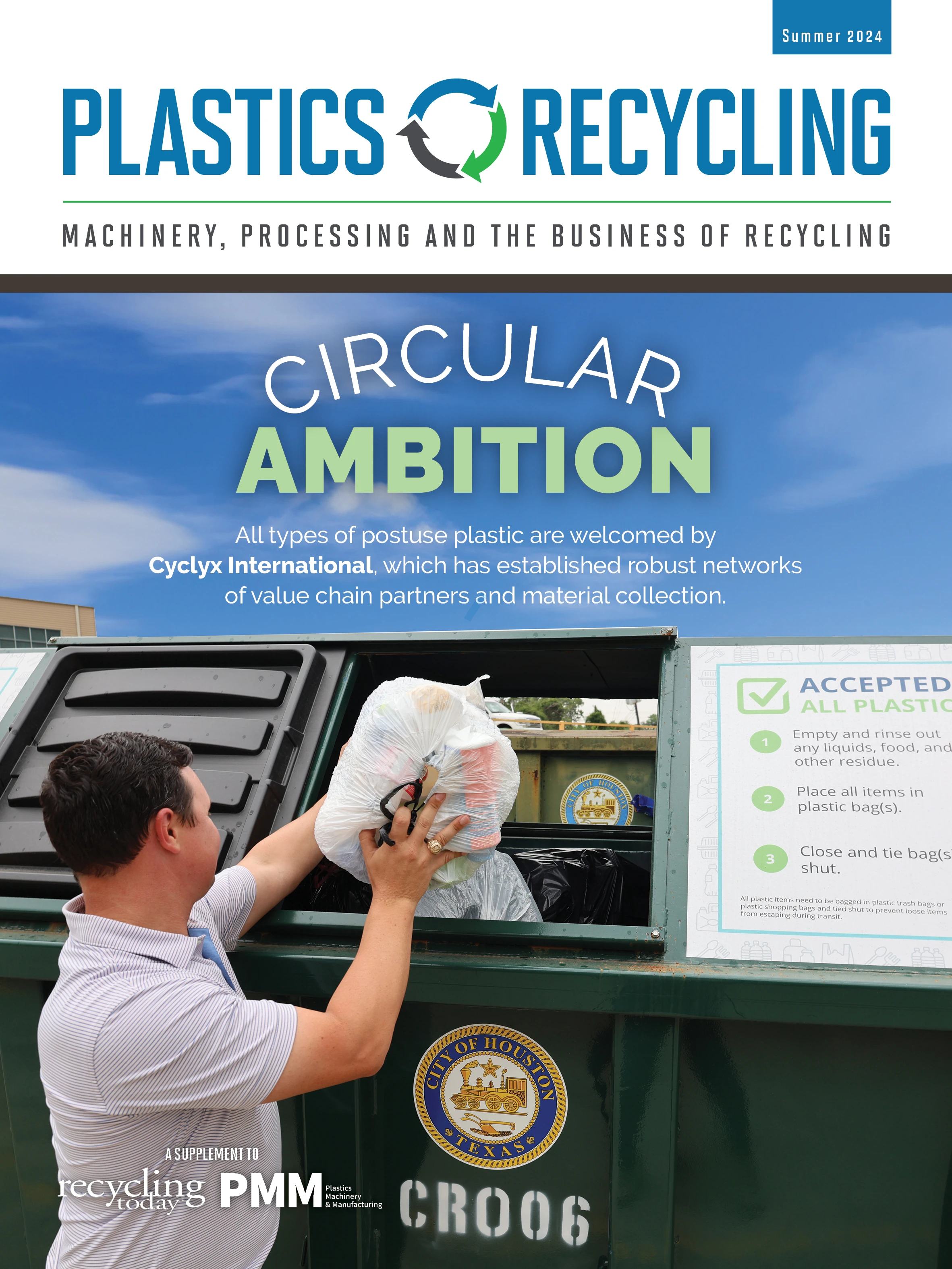
Explore the Summer 2024 Plastics Recycling Issue
Check out more from this issue and find your next story to read.
Latest from Recycling Today
- Culligan International to provide aluminum water bottles at Chicago running events
- Returpack reports increased DRS activity in Sweden
- Trade groups align against European export restrictions
- Construction, auto sectors show mixed signals
- Politics in Turkey threaten recycled steel outlet
- Toppoint Holdings expands chassis fleet
- Lego creates miniature tire recycling market
- Lux Research webinar examines chemical recycling timetables


